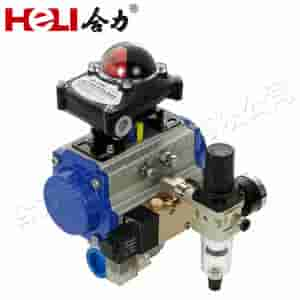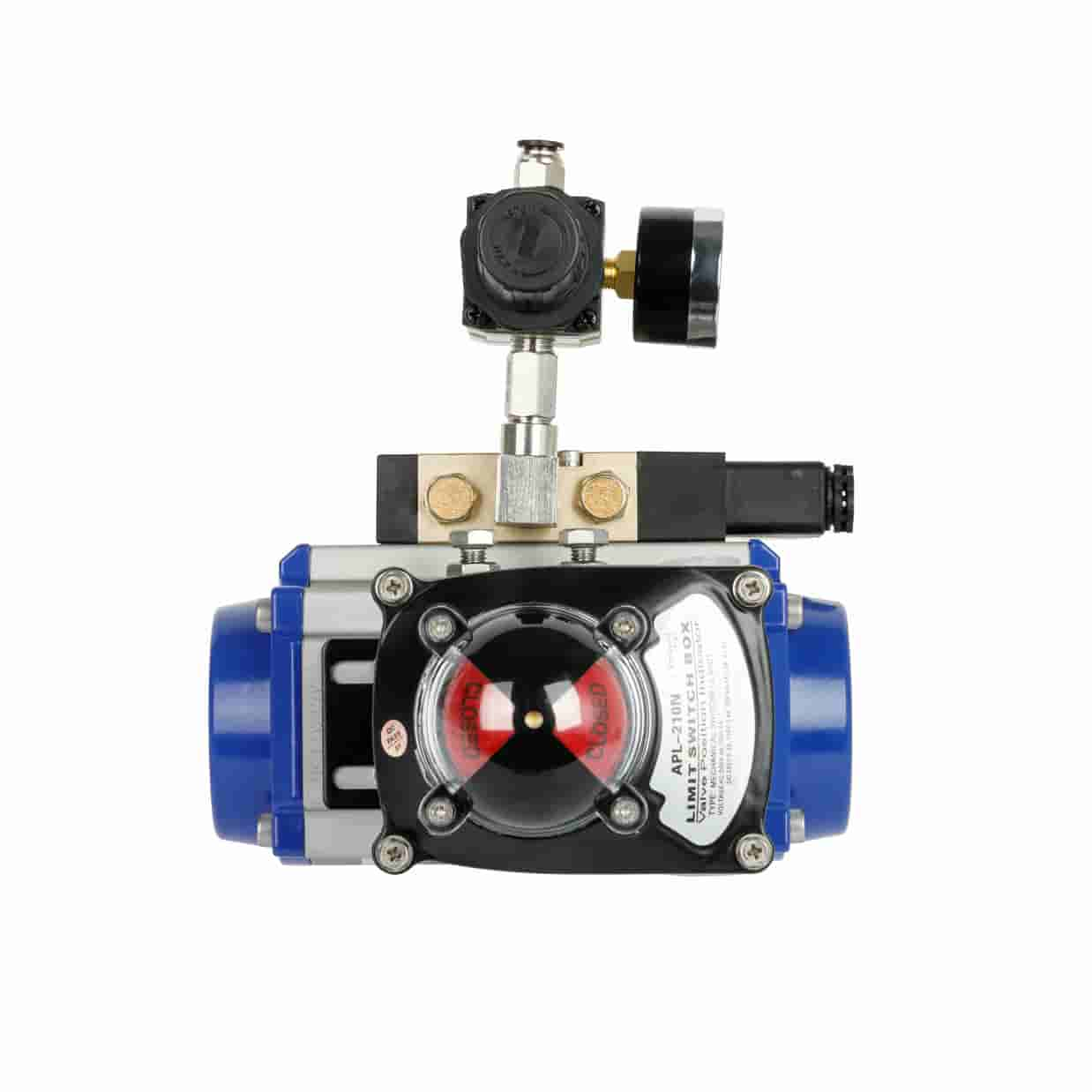understanding pneumatic actuators: mechanisms, applications, and advantages
Release time:2024-12-05 20:38:19
Pneumatic actuators are essential devices in modern automation and control systems, leveraging compressed air to convert energy into mechanical motion. These actuators are widely used across various industries, including manufacturing, oil and gas, food processing, and robotics, due to their reliability, efficiency, and simplicity. This article delves into the workings of pneumatic actuators, their types, applications, and the advantages they bring to industrial processes.

How Pneumatic Actuators Work

At its core, a pneumatic actuator operates on the principle of air pressure. When compressed air is introduced into the actuator, it creates a force that moves a piston or diaphragm within a cylinder. This movement translates into linear or rotary motion, depending on the actuator’s design. The basic components of a pneumatic actuator include: Cylinder: The housing that contains the piston or diaphragm.
Piston/Diaphragm: The component that moves in response to the air pressure, generating motion.




